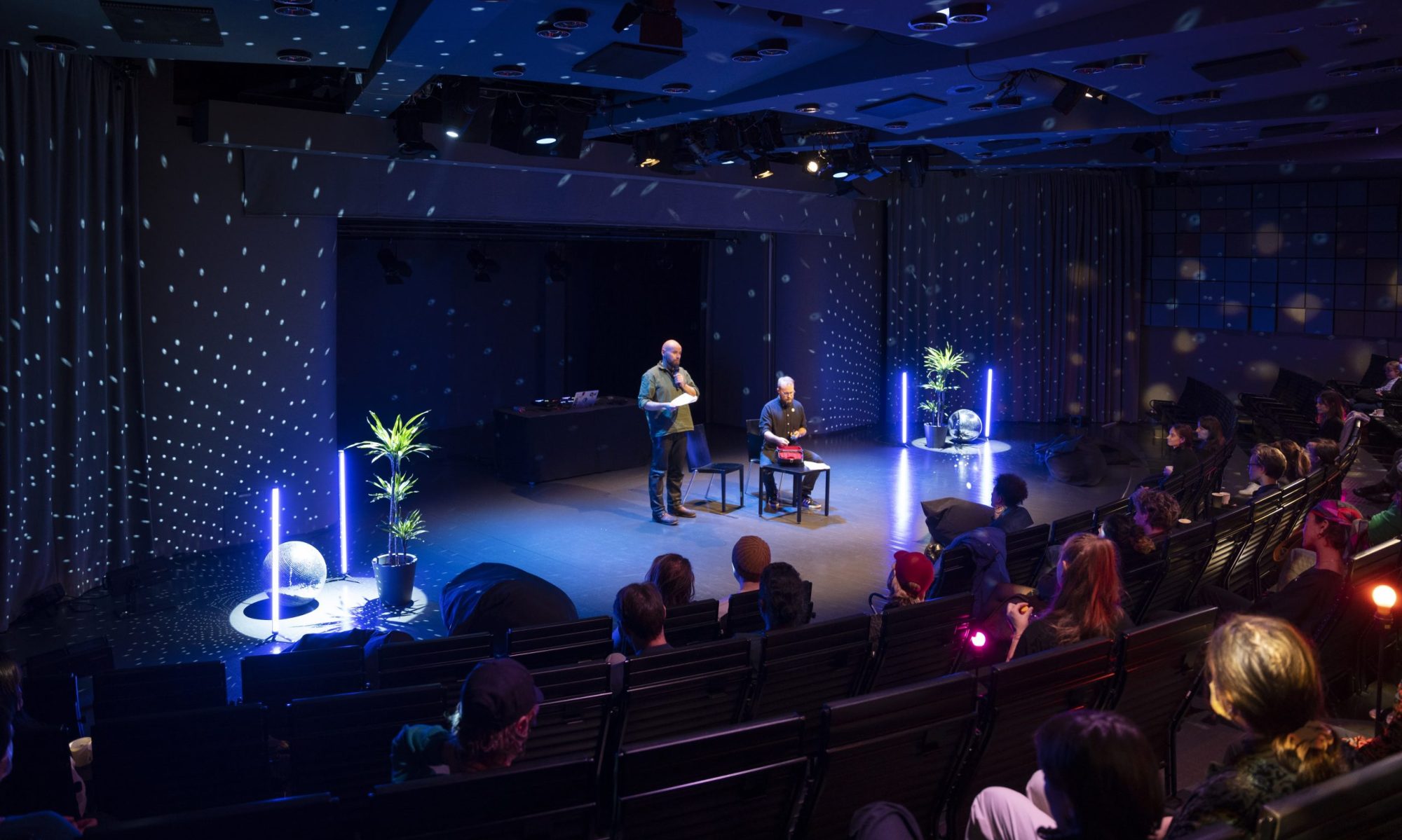Enjoying the llllllll forum Orca thread. At first glance the chronological, borderline endless stretch of text appears wastefully organized. Developer notes, memes, old resolved bug reports, feature requests and snippets of code are shared in the same page along with notes on gig venues across the globe. The non-scripting related posts make the thread enjoyable and provide a low-key entrypoint to the Orca/llllllll scene. After reading for a while the thread starts to feel like a space and sets a mood for learning. I’m inadvertently introduced to the history of the program (different development phases), the person who programs it, people who use it and niches of their behavior. As I’m working trough the body of the text to gain elementary skills for working in the Orca environment, I’m simultaneously learning to identity the stylistic quirks of frequent contributors and exposed to the sounds they make.
For learning a new skill I’m relying on some kind of unresolved narrative: Relations I form with abstract usernames and the script fragments they paste to a thread. This being ultimately a textual experience, I notice that I’m involved in a world building process. I’m copying someones script to form an auditive creation only I hear. Working on Norns I use Orca to trigger samples, so the copied scripts produce different sounds to the examples contributors have posted. But the actual sounds are not important for learning. What I’m looking for is the emergence of the same script behavior and patterns of noises they produce. Our patches are similar, they obey the same rules and as I read the thread, and meticulously transcribe the coded text snippets to my screen, we —different users— play and build pattern-islands into the same universe. Below is an example of user neauoire’s condensing of an Allieway_Audio Linear Feedback Shift Register (LFSR) script.
05O..05OS
aV...bV..
..2Kab...
...F.....
..F*.....
7L.......
........0
The anecdotes authors share on the thread (videos on instagram) serve as anchor points for remembering features of the Orca operators. Some notes are autobiographical, such as documentations of live gigs. The patterns I draft on my screen remind me of the anecdotes and link my learning progress to theirs. This reminds me of the endless library Jorge Borges drafted. The abstract script snippets Orca users use for communicating a vibe, are nonsensical literary creations which require a complicated machine to transcribe (which operates on machine code). The feel of the endless library is well described in a recent video The Shape of Infinity (2020) by Jacob Geller.
It is particularly interesting that, in the process of copying fragments of Orca script, the sounds different creators produce from it are different but they appear in the same patterns. They share a structure but produce wildly different musical outcomes.
I don’t think this is the same conundrum as the relationship which musical notations have to the sounds musicians produce from their instruments. When I observe how a script plays a sound, I’m not hearing how a someone interprets notations or how their instrument reacts to the their movement. The complexity of the code can affect the sound source (in my case samples) to such an extent that the potential musicality of a pattern is more a result of the script then the timbres of the sound source. Also, our instruments are identical.
Its the same as with blackmidi stuff, where we are not listening to sounds or melodies, we are listening to complexity and forming opinions on the experience by comparing different performances of complexity. Eventually the complexity will cause glitches, which can make the inner conjures of the computer audible. I’ve heard them appear during a live coding performance by Viktor Toikkanen when his computer was pushed to memory overload territory. The machine cried glitches which felt like grains pushing trough the code.
Edit: In a recent thread on llllllll xmacex investigates peoples interest in sharing Norns parameter or PSET files
Sonically speaking norns PSETs are the specifics of an instrument and specify it’s tonal character. Philosophically speaking norns PSETs are artefacts and representations produced in the intimate interaction of the agential subjecthood of a norns user and the removed presence of the script designer and creator.

